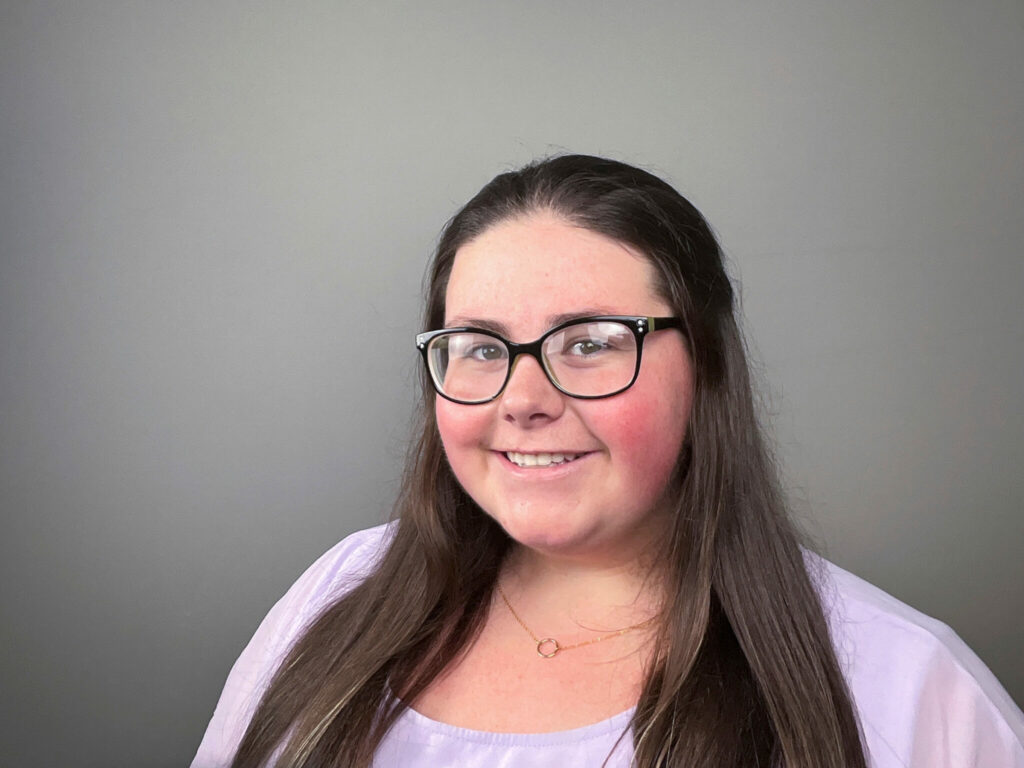S&T nuclear engineering student awarded international Curie fellowship
Posted by Greg Edwards

Narrie Loftus, a senior nuclear engineering major at Missouri S&T, hopes to do her part to help with the gender gap in her field. That is one reason she was recently excited to learn she was accepted for the Marie Sklodowska-Curie Fellowship Programme sponsored by the International Atomic Energy Agency.
“This is a highly selective international fellowship, and I am thrilled to have been chosen,” says Loftus, of Sonoma, California. “Some young women may be intimidated to enter the nuclear engineering field, but that was never a barrier for me. I find this field fascinating, and this fellowship will help me advance my studies and be a role model for future female students.”
She will receive approximately $21,300 for tuition expenses and the same amount for living expenses. She’s also eligible to participate in an internship facilitated by the IAEA, which she plans to do.
“The future of the nuclear industry is going to heavily rely on international collaboration,” she says. “In a past internship I had with General Atomics, I was able to learn more about advanced reactor technologies and how this can involve different nations in both the fission and fusion fields. Now, thanks to the IAEA, there are internship opportunities I can consider around the globe to further my career.”
Loftus, who is a dual citizen with the U.S. and Russia, is also minoring in Russian. She will use the fellowship funding for her master’s degree, which she will officially begin at S&T next fall. Right now, she is participating in S&T’s Grad Track pathway program and is already taking graduate courses while finishing her bachelor’s degree.
She says her focus during graduate school will be on nuclear materials. One of her interests is how silicon carbide mechanical properties are affected by highly radioactive, high-temperature nuclear environments.
Dr. Joseph Newkirk, chair of S&T’s nuclear engineering and radiation science department, says he looks forward to seeing Loftus’s future research as a graduate student and her influence on young women considering STEM-related fields.
“Narrie has worked hard to get to this point in her academic career, and she is well-deserving of this fellowship,” Newkirk says. “She is passionate about nuclear engineering, and I am certain she will make an impact with her research and be an inspiration for women interested in STEM careers.”
For more information about S&T’s nuclear engineering program, visit nuclear.mst.edu.
About Missouri S&T
Missouri University of Science and Technology (Missouri S&T) is a STEM-focused research university of over 7,000 students. Part of the four-campus University of Missouri System and located in Rolla, Missouri, Missouri S&T offers 101 degrees in 40 areas of study and is among the nation’s top 10 universities for return on investment, according to Business Insider. For more information about Missouri S&T, visit www.mst.edu.
Ah! Nostalgia –
60 some years ago when my first wife was a grad student in GeoCosmoChronoNuclear Chemistry (and I was in Biochemistry), I was her mule. I waited on the walkway above/around the reactor pool waiting for my wife’s irradiated sample to “cool down” enough to not set off the radiation alarm in the reactor building. As soon as the Health Physicist transferred the sample to a cast iron “pig” (outside of the pig, the sample WOULD have set off the alarm) I hightailed it across campus, up the hill to the W. T. Shrenk Hall (Chemistry Building), up to Dr. Manual’s Radiochemical Lab on the THIRD floor. (Puff puff) As soon as the sample’s radioactivity level dropped low enough (usually 0 minutes and 0 seconds), my wife would do her thing.
I am delighted to see this article and wish Narrie Loftus great skill and success in her career in the field.